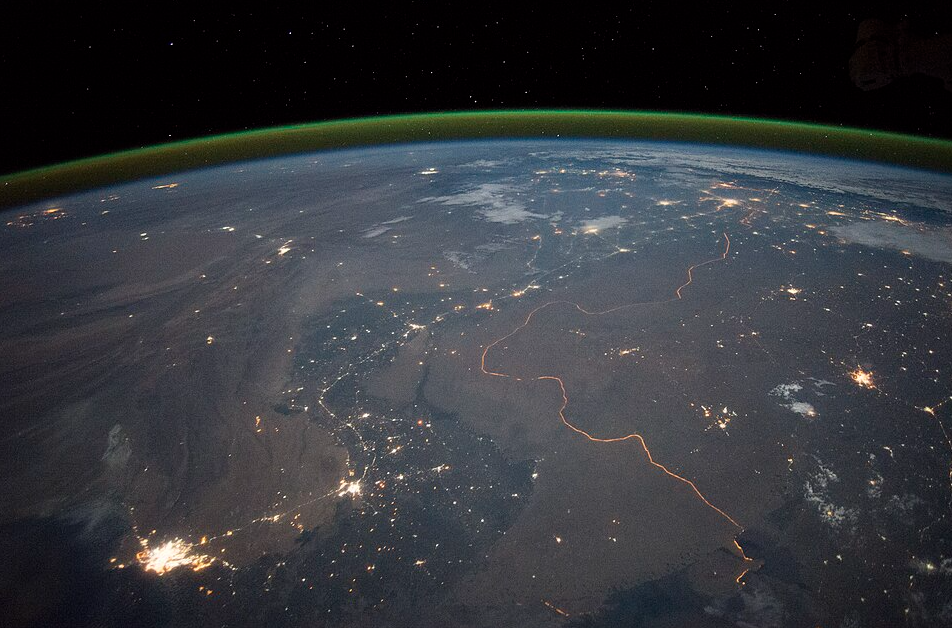The Disinformation War: How Fake News Fueled the 2025 India-Pakistan Conflict
The recent four-day military confrontation between India and Pakistan in May 2025, sparked by the Pahalgam attack, not only witnessed a dangerous escalation of military actions but also a parallel surge of misinformation and propaganda across mainstream and digital media platforms. This “infodemic” amplified existing tensions, fueled public anxieties, and threatened to further destabilize the already fragile relationship between the two nuclear-armed neighbors. The rapid spread of false narratives underscored the growing threat of disinformation in the digital age and its potential to exacerbate geopolitical conflicts.
The disinformation campaign manifested in various forms, from fabricated news reports to manipulated videos and audio recordings. Indian television news channels, driven by competitive pressures and a penchant for sensationalism, broadcasted unverified claims of successful strikes against Pakistani targets, including a purported attack on a nuclear facility. Meanwhile, Pakistani state media and news outlets responded with their own exaggerated accounts of military victories, further muddying the waters. The widespread dissemination of these false narratives, coupled with the limited access to independent or cross-border media, created an environment ripe for manipulation and public deception.
Social media platforms became fertile ground for the proliferation of manipulated content, including deepfake videos purporting to show leaders from both countries admitting defeat. The increasing sophistication of AI-generated media made it difficult for ordinary citizens to distinguish between real and fabricated content, further contributing to the chaos and confusion. This was compounded by the spread of misleading information through AI chatbots, which offered inaccurate responses to queries about the conflict. The virality of such content on social media platforms amplified its reach and impact, making it a potent tool for manipulating public opinion and fueling jingoistic sentiments.
Several factors contributed to the rapid dissemination of disinformation during the crisis. The suppression of dissent and independent journalism in both India and Pakistan, through censorship, content blocking, and even arrests, created an echo chamber where propaganda could thrive unchecked. The absence of alternative voices and perspectives allowed partisan narratives to dominate the information landscape, further polarizing public opinion. This media landscape, constrained by censorship and driven by commercial pressures, proved fertile ground for the spread of misinformation and inflammatory rhetoric. While fact-checking organizations attempted to debunk false narratives, their efforts were often overshadowed by the sheer volume of misinformation and the limited reach of their counter-narratives.
The international media’s attempts to provide balanced and factual reporting were often met with skepticism and even hostility from hyper-nationalist segments in both countries. The legacy of mistrust and the deeply ingrained narratives of conflict between India and Pakistan made it difficult for neutral voices to penetrate the polarized information environment. This highlighted the challenges of maintaining journalistic integrity and objectivity in a highly charged political climate, particularly when dealing with deeply rooted historical animosities and complex geopolitical dynamics.
The 2025 India-Pakistan crisis serves as a stark reminder of the dangers of unchecked disinformation in the digital age. The combination of state-sponsored propaganda, commercially driven sensationalism, and the rapid advancements in AI-generated media created a perfect storm for the spread of false narratives. This not only fueled public anxieties and escalated tensions but also undermined trust in traditional media outlets and further polarized societies. To mitigate the risks of disinformation in future conflicts, both countries must prioritize media literacy initiatives, strengthen independent journalism, and promote cross-border dialogue and cooperation. The development of robust mechanisms for identifying and countering AI-generated disinformation, including international collaborations and platform accountability measures, is crucial to preserving the integrity of information ecosystems and preventing further escalation of geopolitical tensions.
The proliferation of disinformation during the India-Pakistan crisis underscored the urgent need for a multi-pronged approach to combat this growing menace. This includes:
- Media Literacy: Investing in media literacy programs to equip citizens with the critical thinking skills needed to identify and resist misinformation. This should involve incorporating media literacy education into school curricula and supporting community-based digital literacy campaigns.
- Strengthening Independent Journalism: Fostering a vibrant and independent media landscape by protecting press freedoms, supporting investigative journalism, and promoting ethical reporting practices. This could involve establishing independent press councils and public-interest journalism funds.
- Promoting Dialogue and Cooperation: Encouraging cross-border dialogue and cooperation between media organizations, civil society groups, and academic institutions to foster greater understanding and counter the spread of polarized narratives. This could involve organizing joint workshops, conferences, and exchange programs.
Furthermore, addressing the challenges posed by AI-generated disinformation requires collaborative efforts between governments, tech companies, and civil society organizations. This includes:
- AI Disinformation Watchdogs: Establishing bilateral or multilateral AI disinformation watchdogs to monitor and flag AI-generated content in real time, leveraging advanced technologies like media forensics and natural language processing.
- Platform Accountability: Holding tech companies and social media platforms accountable for the spread of disinformation on their platforms by requiring them to implement effective content moderation policies and promptly address harmful AI-generated content.
- Transparency and Regulation: Developing transparent and participatory regulations for AI technologies to prevent their misuse for disinformation purposes while safeguarding fundamental rights and freedoms.
The 2025 India-Pakistan conflict served as a wake-up call, demonstrating how disinformation can exacerbate geopolitical tensions and escalate conflicts. By taking proactive steps to address the underlying causes of disinformation and promote media literacy, both countries can contribute to a more informed and resilient information environment. The international community must also collaborate to develop effective strategies for countering this growing threat, recognizing that disinformation poses a global challenge that requires a concerted and coordinated response. Failure to address this issue effectively could have far-reaching consequences for regional stability and international security.


